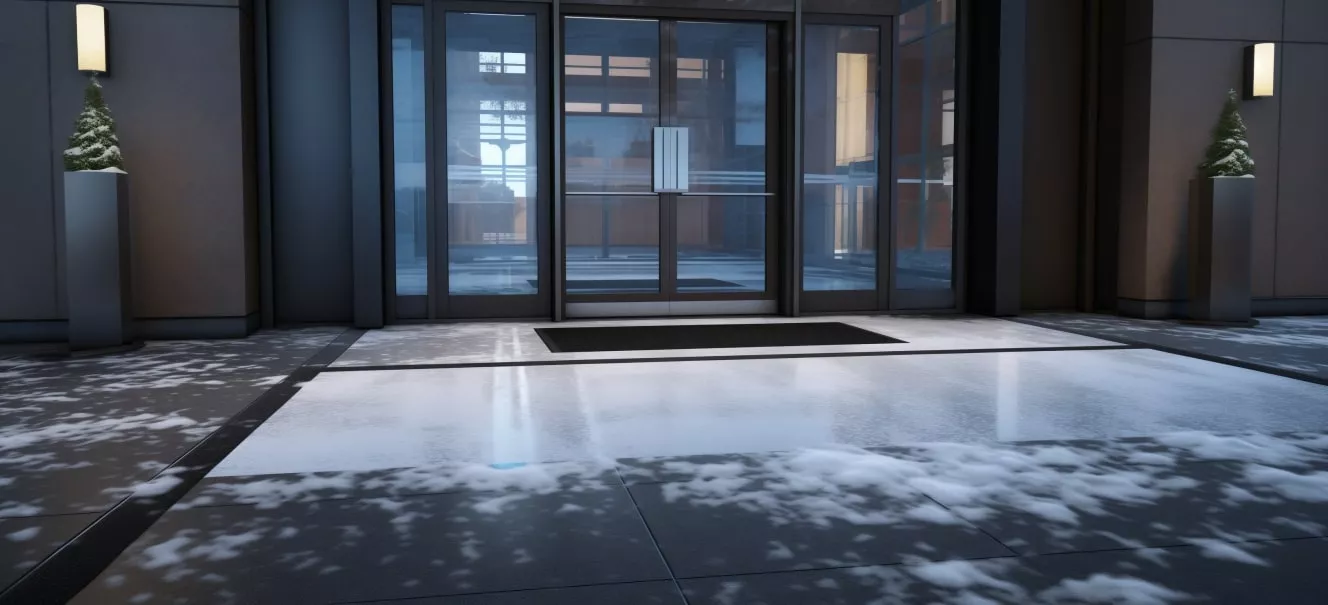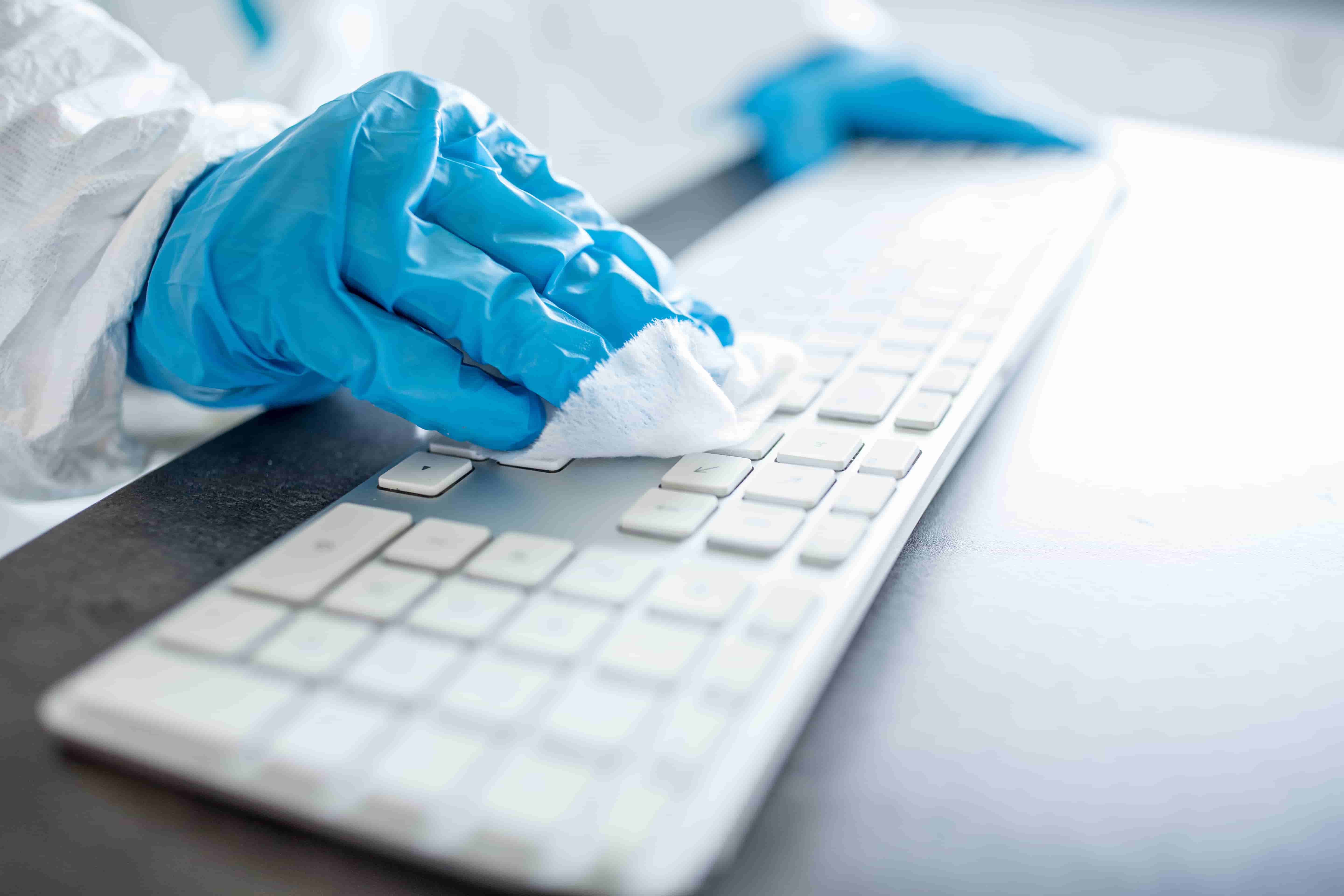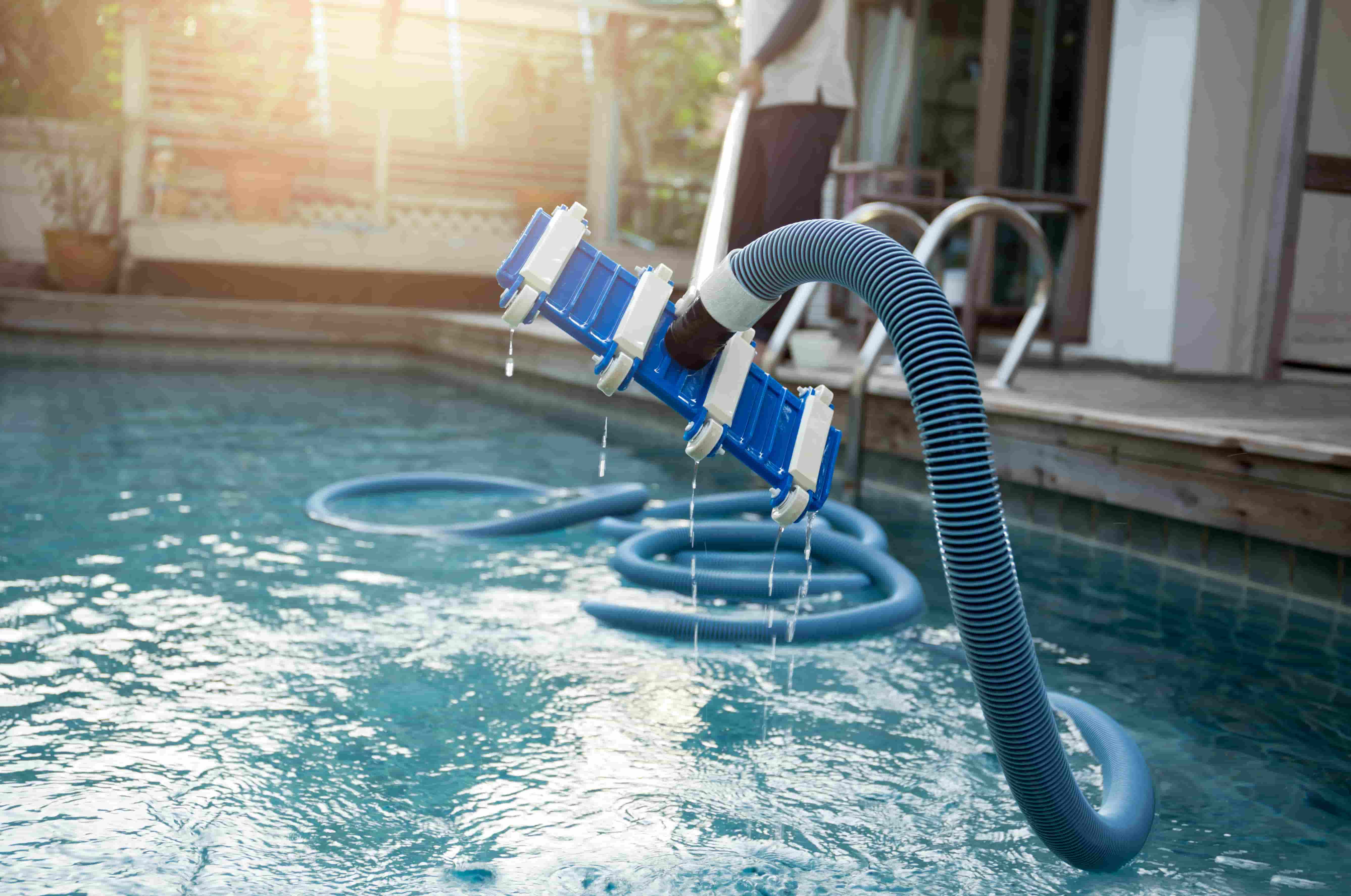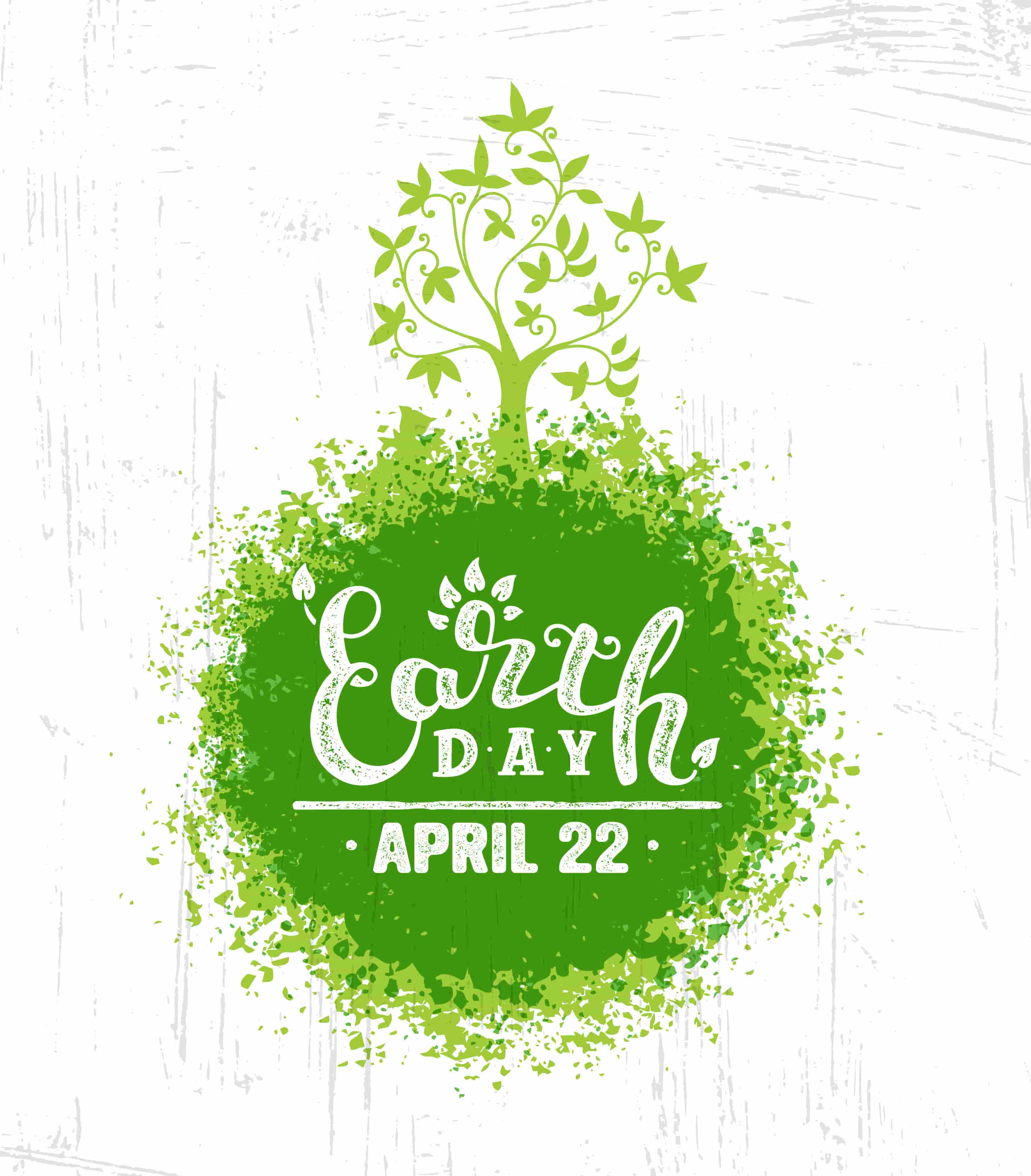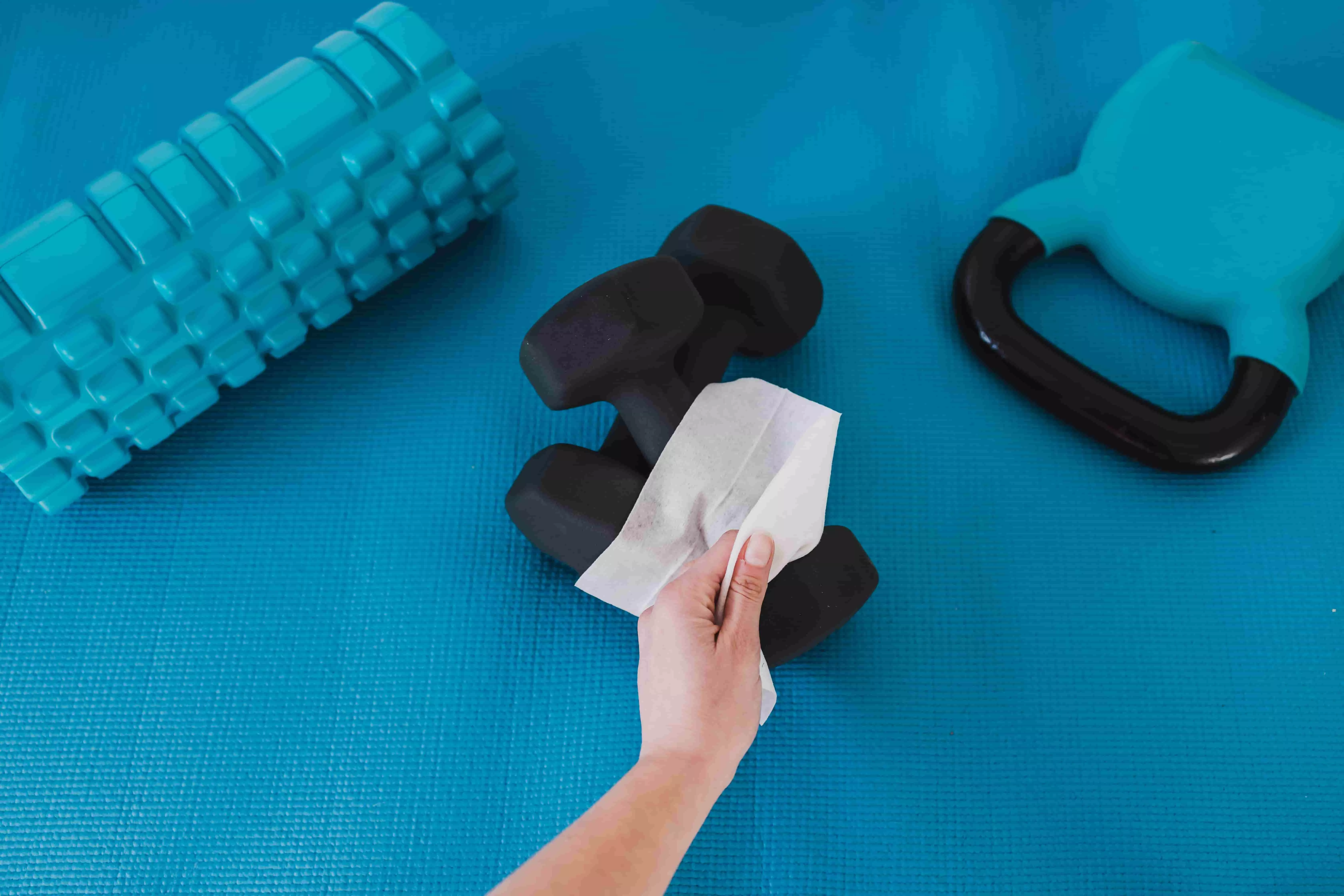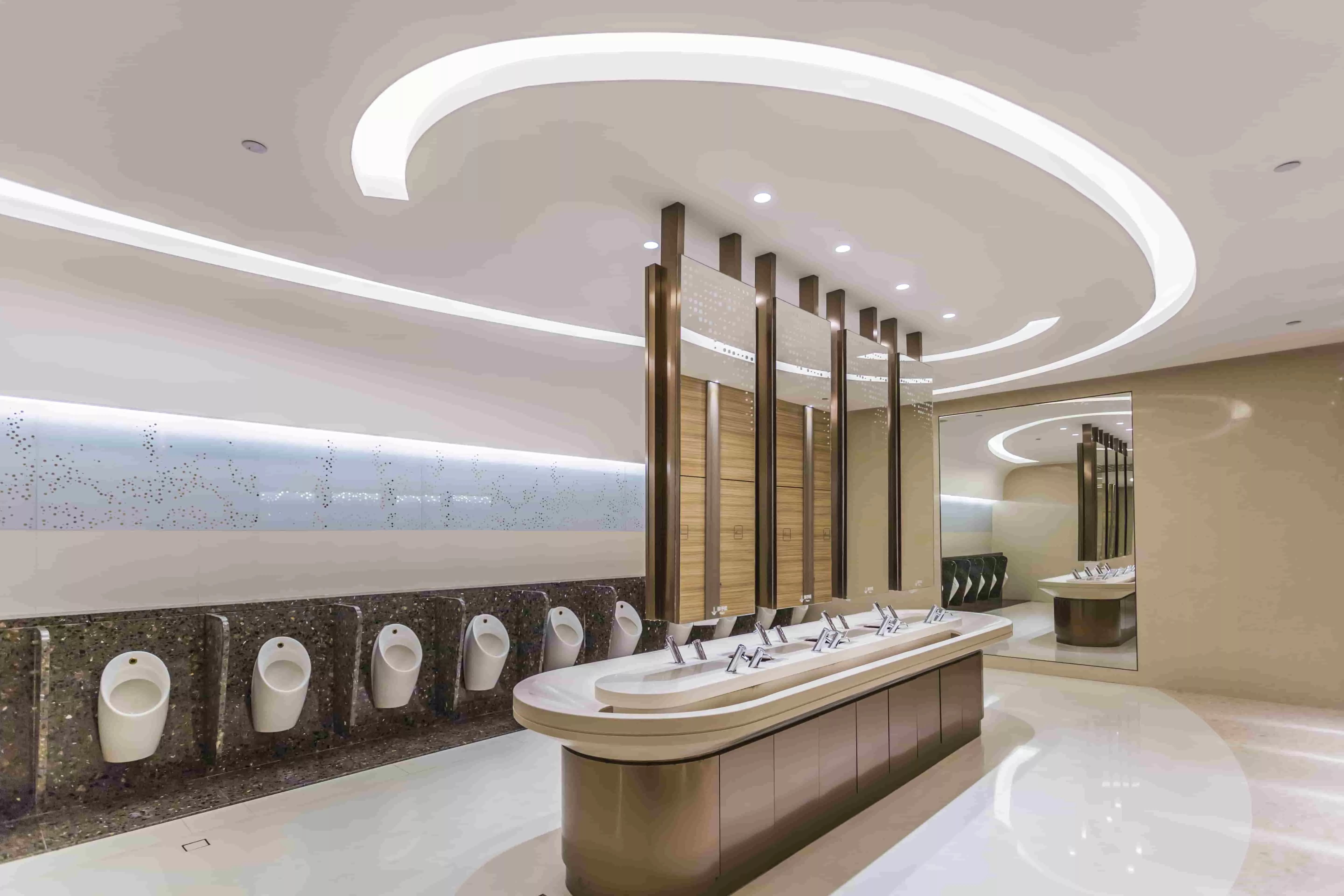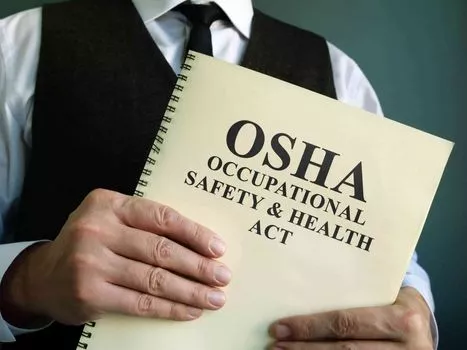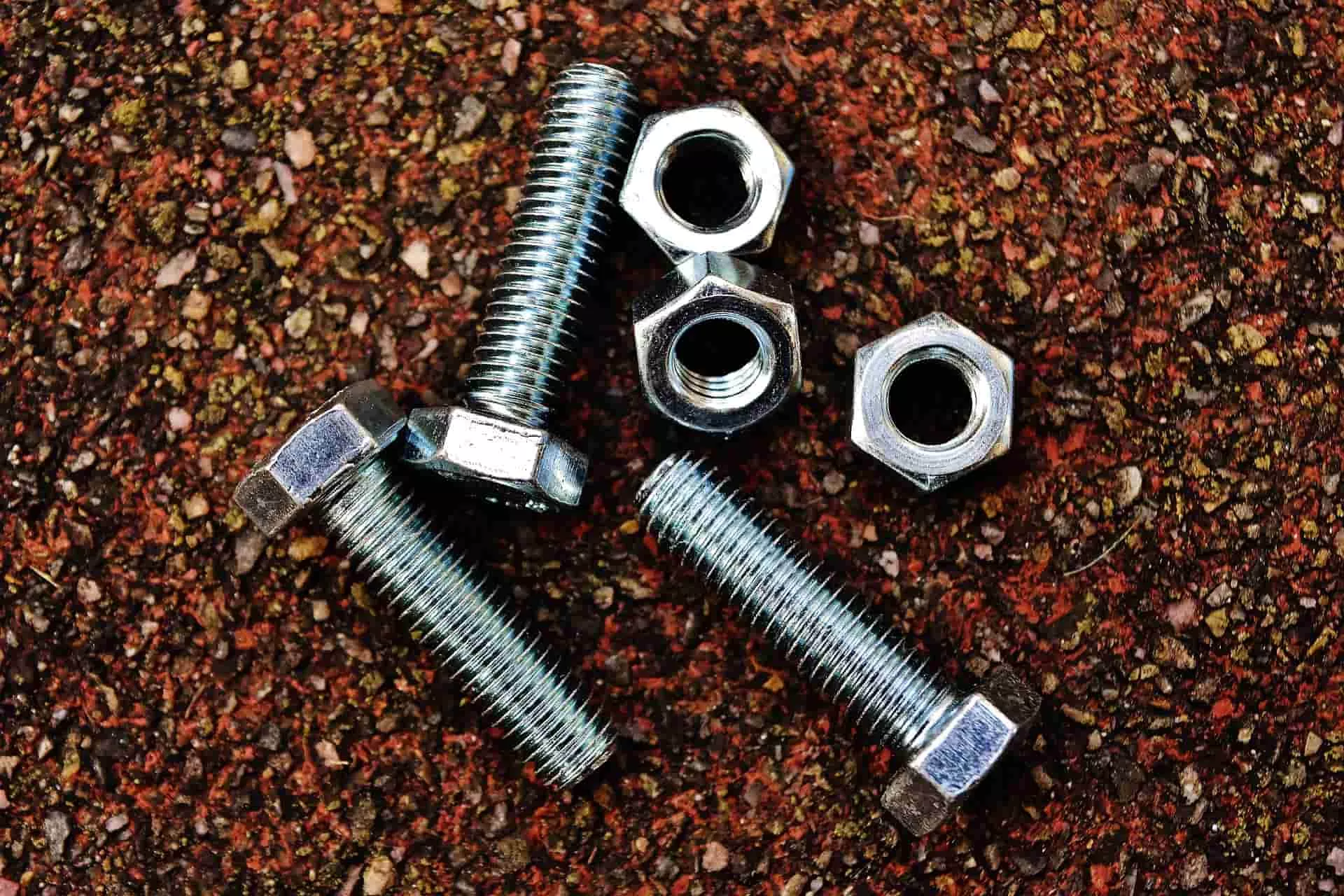Reconsider your Matting
The right entry mats can benefit you greatly. According to Facility Executive, mats can reduce the amount of dirt that enters a facility by up to 90%. Most high-performance mat systems consist of a few pieces. As people walk through snow, mud and debris, they can collect buildup on their shoes. The entrance of the building should have a rough outdoor mat to scrape dirt and debris from shoes and boots. One through the scraper mat, a softer mat with one or two zones of increasingly soft and absorbent indoor matting to clean and dry the soles of people's shoes and boots should be utilized.
How much matting do you require then? In order to keep floors clean, provide people with both types of mats, wide enough for each shoe, before soles walk onto the bare floor. Many manufacturers recommend installing matting 15 feet inside the entrance.
Types of mats:
Printed message mats convey safety reminders.
Entrance mats will clean shoes and boots at transition areas and doorways to prevent dirt and moisture from being tracked inside and damaging floors.
Dryer mats will mainly absorb moisture to keep floors dry. These are vital in preventing slip and falls. Scraper-dryer mats are dually useful by removing dirt and moisture equally.
Scraper mats primarily remove debris and dirt off of shoes.
Interlocking mats consist of tiles that are connected to form a custom configuration for oddly shaped doorways and transitional areas.
Disposable mats can be discarded when dirty, eliminating the need to clean or rent mats.


